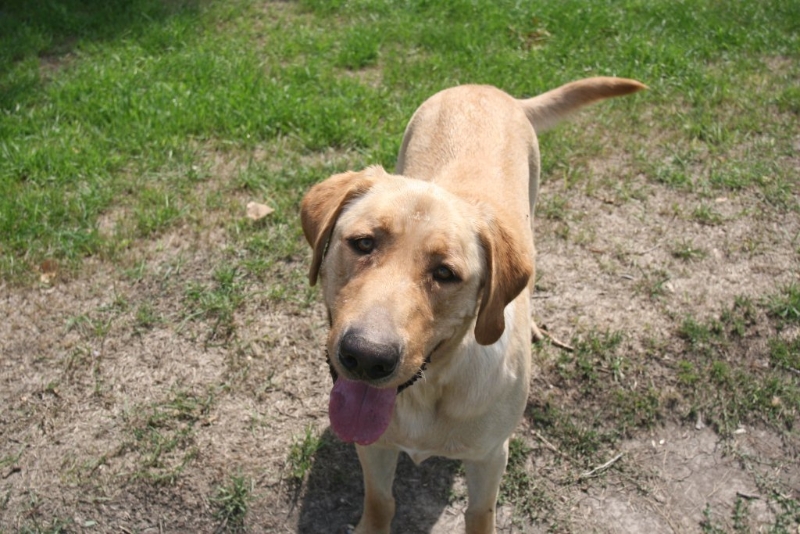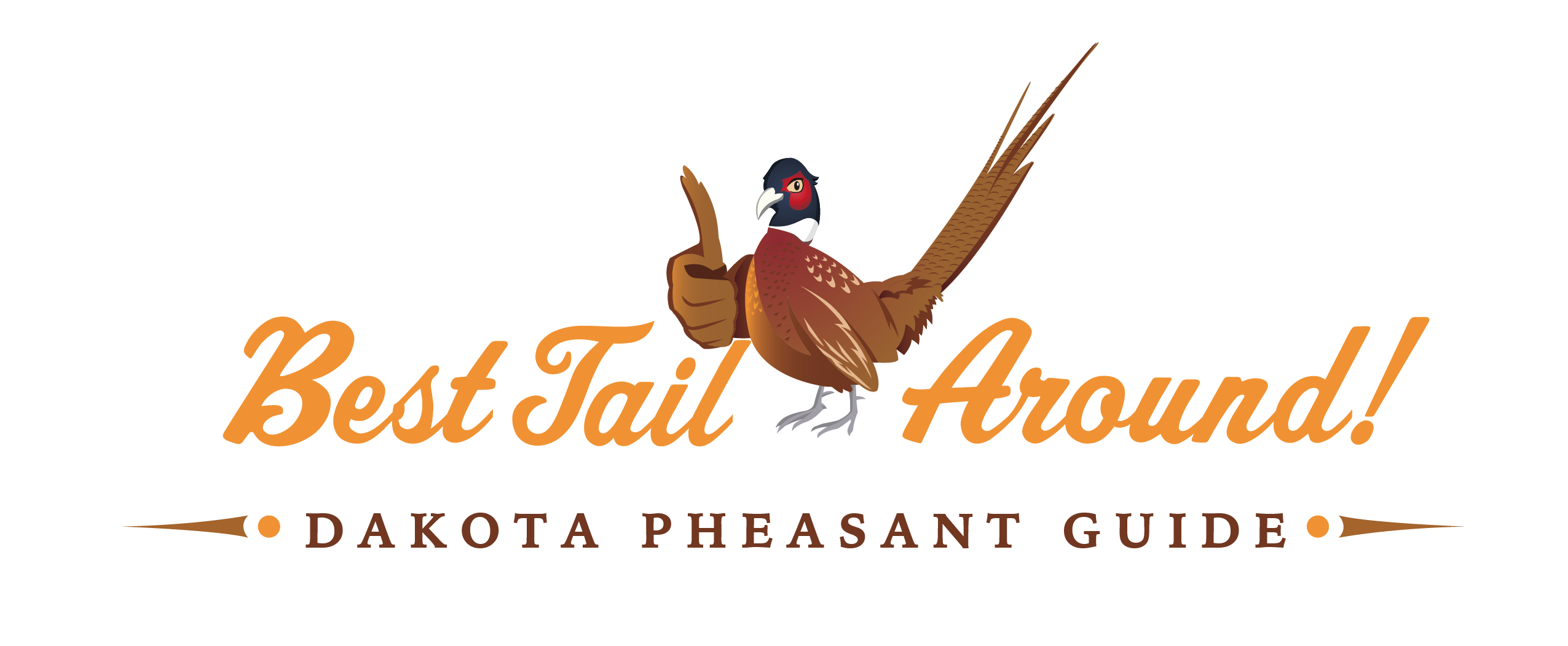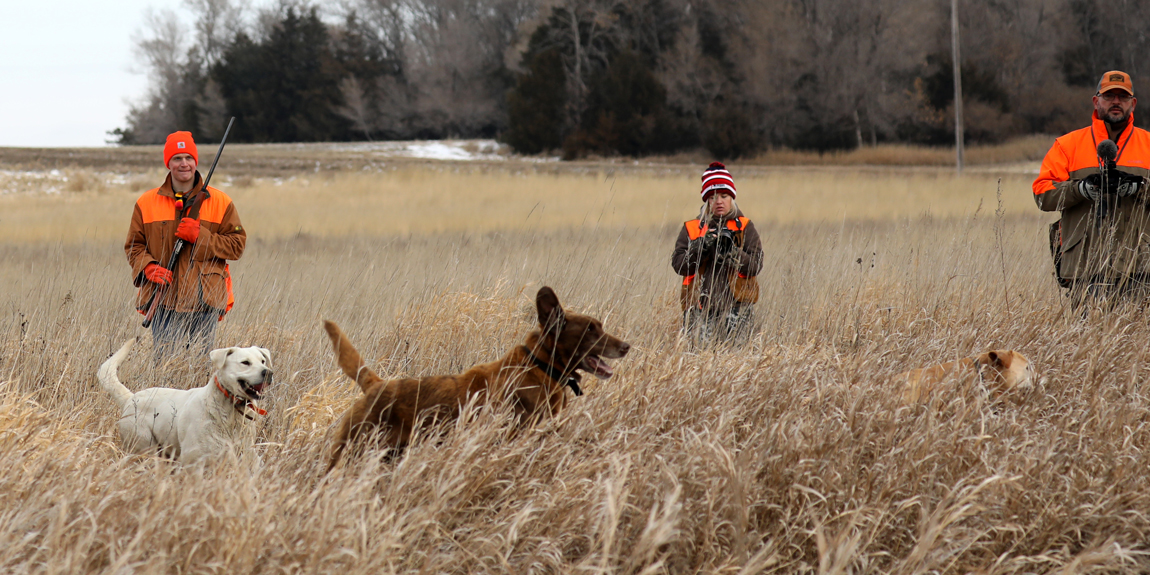What happens after hunting season?
One of the most common questions I receive from our guests here at Dakota Pheasant Guide is: “What do you do in the off-season?”
Well, the answer is simple: the day our last hunter departs, party time is officially over, and the real work begins. Obviously, all the business necessities need to be handled. But as the weather warms heading into spring, the real employees of the year—our dogs—are gleefully jumping into the Suburban’s again. You see, without them, there is no us.
It’s time to get them back out in the fields, burning off pent-up energy. Seeing their excitement turns this into an annual outdoor “I Hate Winter” party—a highly anticipated celebration. And truth be told, I benefit just as much, if not more, than the dogs. It’s a time to stretch my legs, soak up the sun, and embrace the sounds and smells of spring’s approach.
Training and Bonding with Your Hunting Dog
I suspect that most hunting dog owners do little more than an occasional walk with some fetching fun here and there. Essentially, the dog becomes an over-pampered pet, doing little to maintain or improve their hunting skills. The process from puppy to upland star is continual. I see far too many hunting dogs arrive overweight, out of shape, and with dulled instincts. It’s sad and a disservice to the dog. Then, the owners get upset that their dogs aren’t performing as expected. Some even blame breeders and trainers. “This damn dog should perform—I have thousands of dollars invested!” But the only blame falls on the owner. Plain and simple.
This is an easy fix. If your dog has already been trained, sending him “back to school” is pointless. He knows what to do. He just needs someone to do it with. That someone is you. After all, unless you’re wealthy enough to afford a personal trainer, you will be the one directing the dog come hunting season. Years back, I had a wealthy guest who brought in his personal trainer and some high-priced pointers. Both were barking commands at confused dogs while the trainer yelled at the owner. It was the biggest dog disaster I’ve seen in 50 years of chasing roosters. I felt bad for the dogs and unimpressed by the people who should have known better.
So, get your ass up out of the recliner, grab your hunting buddy(s), and get outside. The interactions between you and your dog are crucial. It’s all about bonding and reinforcing the dos and don’ts, with you as the pack leader. I personally run six dogs at a time in the field, and it’s fascinating to watch them work together. Each has their own personality and role, and by spending time together, they work out the details among themselves. The controlled chaos can be wild to witness, but their ability to honor each other, especially on point, is always impressive.

Simple Workouts for Happy, Healthy Dogs
Workouts don’t need to be complicated. Simply getting out in the country and walking with them builds the connections needed. Let them be dogs. Let them bounce around, find whatever crittersthey can, sniff at mice, roll in whatever stinks, and watch deer or rabbits bound away. This isn’t direct bird training, but it is hunting training. Let their instincts take over, and you’ll be amazed at what your dog can do. If you’re as fortunate as we are, the dogs will encounter plenty of pheasants on every walk. With consistency, they’ll be fine-tuned by the time the September prairie bird season opens on our West River rangeland properties.
As temperatures rise, use common sense. Take your dogs out early in the morning or in the evening to avoid overheating. Keep an eye on them based on the conditions. Dummy launcher work near a water source is a great option. As they bring back the slobbered-up dummy, you’ll be in direct contact with them. Once they’re panting hard with a bit of foam, head for the water. Don’t jump straight into water retrieves—just let them swim and play. This is huge. Let your dog be a dog. After sufficient playtime, finish the session with a few water retrieves and maybe a short walk to let them shake out. They love feeling the breeze in their wet fur—it’s their preferred method to finish cooling down.
This is a cheap and perfect “date” for you and your dogs. Both of you return exercised, happy as hell, and on the right path to be in shape and ready to rock come opening day.
After all, isn’t this what it’s all about for the true lover of upland bird hunting dogs?

